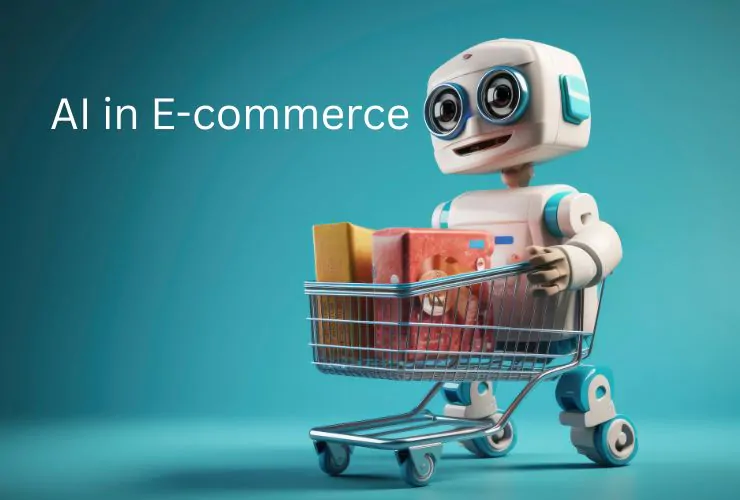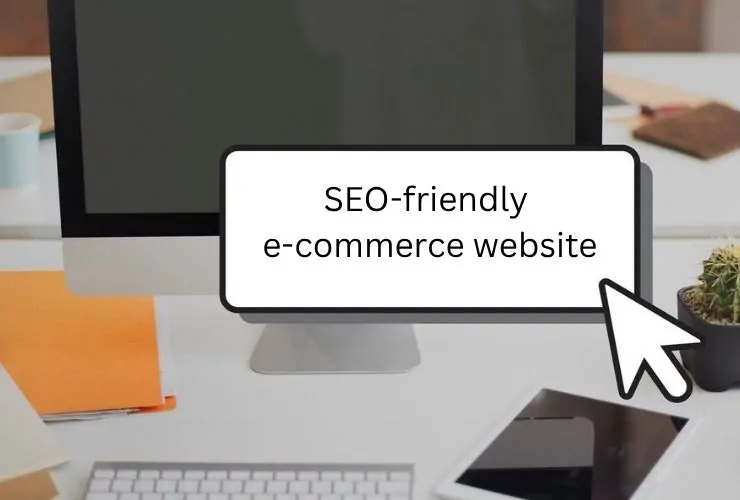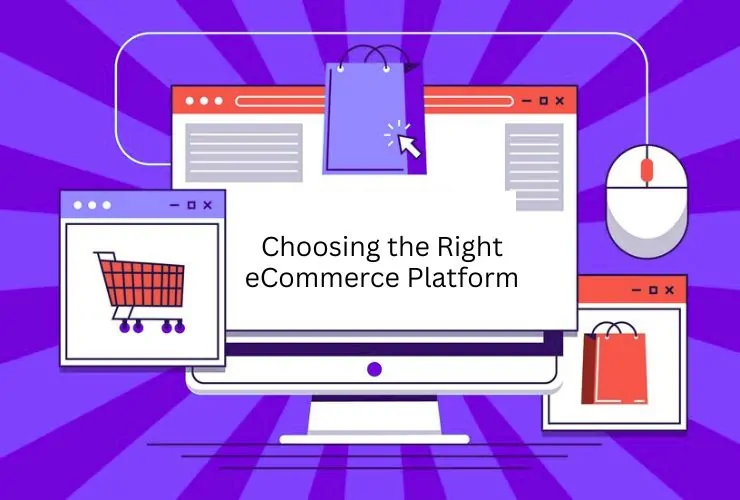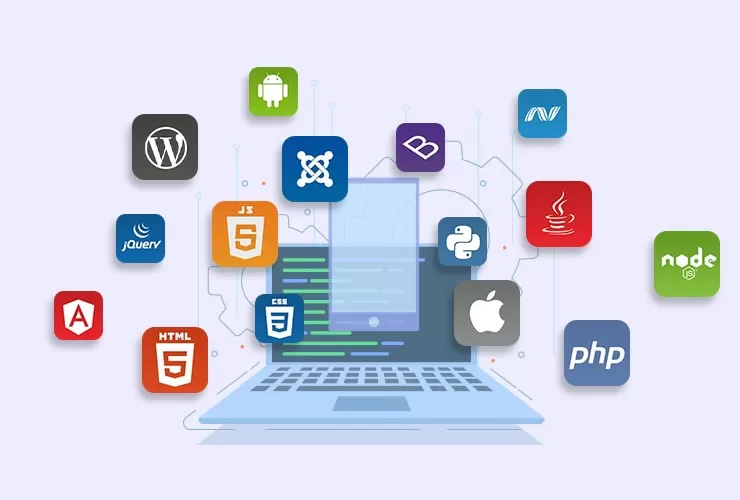Ecommerce is no longer simply putting a product online plus taking a payment. It is about providing intelligent, personalized, and connected shopping experiences.
We are demanding seamless transactions across screens, instant customer support, responsible businesses, and speed to fulfillment. As technology continues to evolve, so do consumer behaviors. Businesses that can adapt to these changes will win.
Let’s get into the eCommerce trends that will radically change the industry and provide you with options to stay relevant in 2025 and beyond.
1. The Rise of Headless and Composable Commerce
What It Is
Headless commerce separates the presentation layer from the back-end logic and composable commerce is the next level of headless commerce and allows a business to “compose” its eCommerce stack leveraging best-in-class best-of-breed services (i.e., CMS, PIM, Checkout, Search).
Why It Is Important
- Improved user experience
- Improved page load times
- Ability to customize across web, mobile, app and voice interfaces
- Ease of use and extensibility with emerging technologies (AR, wearables, IoT).
- Flexibility in the way developers embrace development iterations and speedier innovation.
Real Life Example:
Nike uses headless architecture to provide faster and seamless consistency across mobile, web, and app experiences.
What You Can Do:
Consider headless solutions such as Shopify Hydrogen, BigCommerce Headless or create your own using Next.js and GraphQL.
2. AI Dominates the Landscape
Way More than Personalization
AI is not merely simple product recommendations. It can:
- Automate customer service with intelligent chatbots
- Predict demand and optimize inventory
- Personalize marketing promotions based on real-time behavior
- Detect fraud and prevent chargebacks
An Emerging Use Case:
AI-powered dynamic pricing tools that can update pricing in real-time based on competitor’s pricing, demand, and availability.
Take Action:
Leverage AI tools like Adobe Sensei, features in Shopify, or use standalone engines like Algolia, Clerk, or ChatGPT APIs to personalize shopping experiences.
3. Mobile-First & App Commerce is Predominant
Why Mobile is Everything
Mobile commerce now represents over 70% of eCommerce traffic. Shoppers expect fast, frictionless mobile experiences from discovery to checkout.
Best Practices:
- Build Progressive Web Apps (PWAs) so loading times are reduced, and use offline capabilities
- Use responsive design and tortuously simplified navigation
- Enable mobile-friendly checkout that auto-fills information and leverages mobile wallets.
Take Action:
Utilize mobile-first themes in Shopify or consider building a branded mobile application using tools such as Tapcart, Vajro, or MobiCommerce.
4. Voice Commerce and Conversational Shopping
Hands-Free, Quick, and Simple
Voice search & shopping are increasingly popular, especially among voice assistant and smart speaker users.
Opportunities include:
- Voice-activated re-ordering
- Smart speaker discounts and reminders
- Conversational commerce using WhatsApp, FB Messenger, or custom chat bots
Take Action:
Optomize your product listing for voice search using natural language keywords. Implement voice shopping for selected categories or recurring purchases.
5. Sustainability and Ethical Shopping
The Eco-Conscious Consumer is Here to Stay
Today’s consumers value more than price and quality. They want to support brands that:
- Utilize recyclable packaging
- Engage with fair labour practices
- Are carbon-neutral or at least transparent about their emissions
Real Impact:
Brands with sustainability claims on product pages see upward of 20% more conversions.
Take Action:
Identify and emphasize sustainability certifications, offer eco shipping, and transparently communicate your supply chain and packaging materials.
6. AR (Augmented Reality) & Virtual Try-Ons
Bridging Online & Offline
AR enables customers to experience how products look before they arrive at home. AR lets customers virtually try-on clothes, glasses, and apply furniture to their homes and provides peace of mind which reduces returns.
Industries that Benefit the Most:
- Fashion and accessories
- Furniture and décor
- Beauty and cosmetics
Take Action:
Use AR tools like Shopify AR, Banuba, or WebAR SDKs to create virtual try-ons or previews which can be implemented on the product pages.
7. Global Commerce & Cross-Border Expansion
eCommerce Without Borders
Online stores can now be open to a global audience, but the experience is localized. Localized experience means:
- Multi-language
- Currency conversions
- Shipping & taxes for specific regions
- Localized gateways to pay.
Example:
Fashion brands – ASOS and Zara – provide customers with localized storefronts across dozens of countries and the logistics regionally.
Take Action:
Utilize tools like Langify (for Shopify), Weglot, or TranslatePress for language localization and also implement global payment methods for the most popular payment options like Klarna, Alipay or PayU.
8. Expanding Payment Solutions
Frictionless Checkout = Higher Conversions
Today’s consumer wants a speedy, secure, and flexible checkout. Newer offerings such as;
- Buy Now, Pay Later (BNPL) (Afterpay, Klarna, Affirm)
- Digital wallets (Apple Pay, Google Pay, PayPal)
- Cryptocurrency payments (e.g. Bitcoin, Ethereum)
What you can do:
Increase your payment options based on your audience and targeted areas. Experiment with BNPL or wallet payments to see if they impact cart abandonment/conversions.
Hyper-Fast Fulfillment Expectations
Same-Day Shipping is the New Normal.
With Amazon leading the charge, consumers now expect fast, free, and transparent shipping. They also demand, real-time tracking, the option of easy returns, and multiple delivery choices.
What you can do:
Consider partnering with 3PL providers, provide in-cart delivery date estimates, and automate your order routing for quicker fulfillment.
Conclusion: Be Adaptive, not React
The future of eCommerce will be defined by speed, personalization, sustainability, and customer experience. The businesses that will take the charge next generation of digital retail will be the ones that proactively adopt and implement new tech, focus on feedback from their customers, and invest in allowing them to be agile long term.
Now is the time to rethink your strategy, future-proof your platform and embrace the evolution of online commerce.
Explore our e-Commerce services designed to help you build, scale, and optimize your online store. From platform development to custom integrations—we’ve got you covered.














